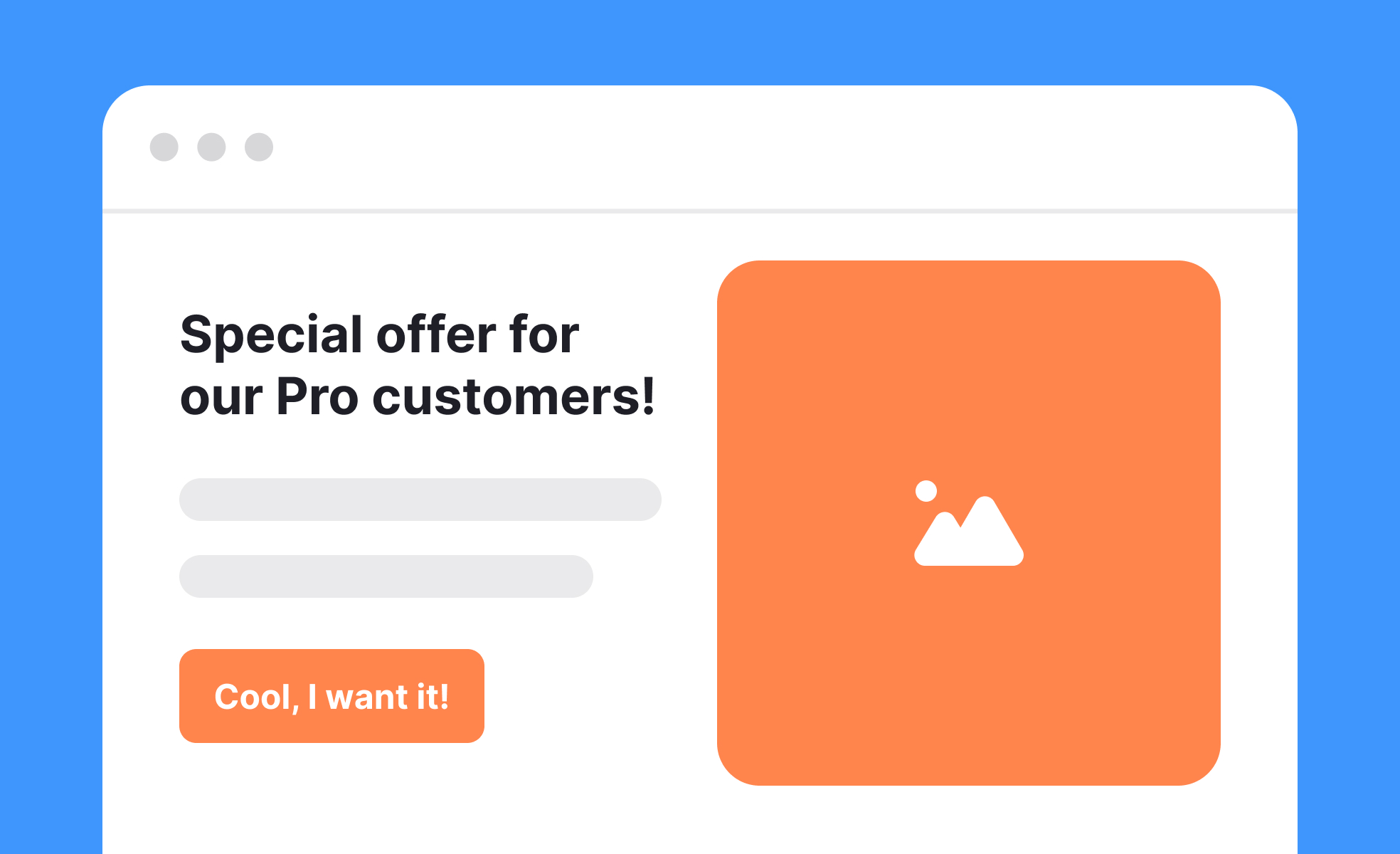Feature Marketing
Feature marketing connects product capabilities to user value through targeted campaigns, helping with awareness, onboarding, and retention.

What is Feature Marketing?
Feature marketing involves strategically communicating and promoting specific product features to drive awareness, adoption, and business value through targeted messaging, educational content, and coordinated launch campaigns that help users understand and successfully use new capabilities. This discipline combines product marketing, user education, launch strategy, and adoption measurement to maximize feature impact and business outcomes.
Feature marketing encompasses positioning strategy, messaging development, launch planning, user education, adoption tracking, and success measurement that connects product capabilities to customer value and business objectives.
Feature Marketing in Product Strategy
Product managers collaborate with marketing teams to ensure feature development aligns with market needs while communication strategies maximize adoption and business impact.
Go-to-market strategy and launch coordination
Plan feature launches that coordinate product development, marketing communication, sales enablement, and customer success to maximize market impact and user adoption.
Value proposition development and messaging
Translate technical capabilities into customer benefits and business outcomes that resonate with different user segments and use cases.
User education and onboarding integration
Develop educational content and onboarding experiences that help users discover, understand, and successfully implement new features in their workflows.
Adoption measurement and optimization
Track feature usage, user feedback, and business impact to optimize marketing approaches and identify opportunities for feature improvement or additional education.
Feature Launch Strategies
Beta launch and early adopter engagement: Release features to selected customers who provide feedback while serving as advocates and case studies for broader launch. Early adopters help refine messaging and identify best practices.
Phased rollout with targeted communication: Gradually expand feature availability while customizing communication for different user segments based on their needs, technical sophistication, and usage patterns.
Event-driven launches and industry timing: Coordinate feature announcements with industry events, seasonal patterns, or company milestones to maximize attention and press coverage.
Integration with existing workflows: Introduce features within existing user workflows rather than requiring separate adoption, reducing friction while increasing discovery and trial rates.
Feature Marketing Channels and Tactics
In-product communication:
- Feature announcements: In-app notifications and banners highlighting new capabilities
- Contextual help: Just-in-time education appearing when users encounter relevant workflows
- Progressive disclosure: Gradual introduction of advanced features as users demonstrate readiness
- Success milestones: Celebrating user achievements and suggesting next steps for deeper adoption
Content marketing and education:
- Blog content: Educational articles explaining feature benefits and implementation strategies
- Video content: Demonstrations, tutorials, and customer stories showing features in action
- Podcast appearances: Industry podcast discussions about feature capabilities and market trends
- Social media: Bite-sized tips and success stories building awareness and engagement
Sales and partner enablement:
- Sales training: Equipping sales teams with demo scripts and objection handling for feature conversations
- Partner materials: Enabling channel partners to position and sell features effectively
- Presentation templates: Standardized materials for customer meetings and presentations
- Competitive battle cards: Quick reference materials for sales conversations against competitors
Feature marketing is a strategy that focuses on promoting and highlighting the specific features and functionalities of a product or service to attract and engage potential customers. It involves showcasing the unique selling points and capabilities of the product or service to demonstrate its value and competitive advantage in the market.
Feature marketing offers several benefits to a business, including:
- Differentiation: By effectively promoting specific features, a business can differentiate its product or service from competitors in the market, highlighting its unique selling points and capabilities.
- Increased customer engagement: Feature marketing can capture the attention and interest of potential customers by highlighting how specific features can address their needs and provide solutions. This increased engagement can lead to higher conversion rates and customer satisfaction.
- Enhanced product understanding: Through feature marketing, businesses can educate customers about the various functionalities and benefits of their product or service, leading to a better understanding of how it can meet their specific requirements.
- Competitive advantage: By effectively marketing and positioning the unique features, a business can gain a competitive edge in the market, attracting customers who value those specific capabilities.
To effectively communicate and showcase a design feature, consider the following:
- Clear messaging: Clearly communicate the benefits and value of each feature in a concise and compelling manner, highlighting how it addresses user needs or pain points.
- Visual representation: Use visual elements, such as icons, illustrations, or diagrams, to visually represent the features and enhance understanding.
- Interactive demonstrations: Whenever possible, provide interactive demonstrations or prototypes that allow users to experience the features firsthand and understand how they work.
- Contextual examples: Showcase the features within real-life or relatable scenarios to help users envision how the features can be applied and the benefits they offer.
- User testimonials or case studies: Include testimonials or case studies from satisfied users or customers who have experienced the benefits of the features, adding credibility and trust.
Recommended resources
Courses

UX Design Patterns with Checklist Design

Reducing User Churn

Common Design Patterns
Lessons

Design in Marketing

Collecting User Emails

14 Design Dark Patterns You’ll Want to Avoid
Exercises
Tutorials
Projects

Pricing Page for SaaS Platform - Bluehost

Eventy Mobile App - Events for everyone












